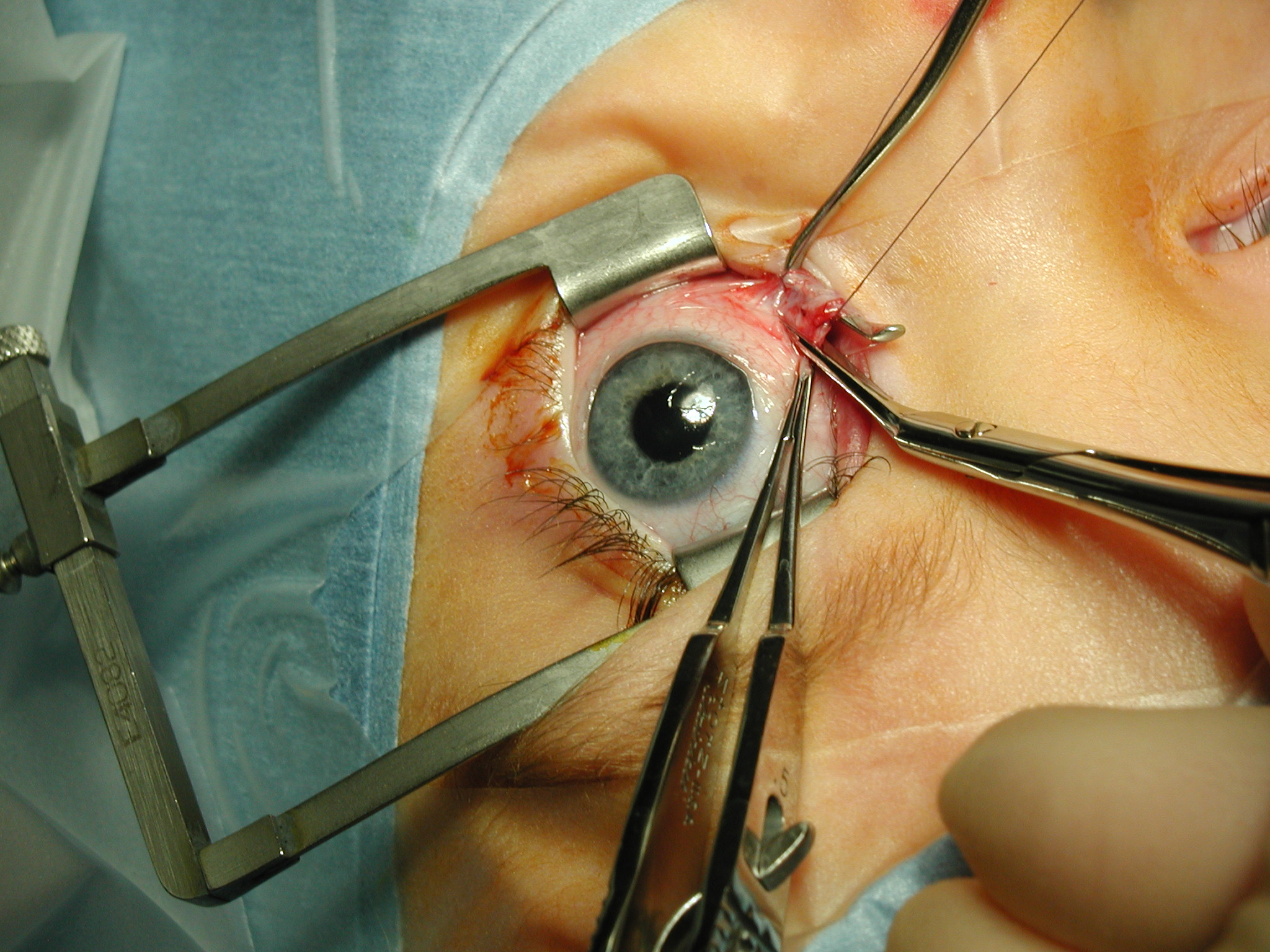 |
|
The average number of pediatric ophthalmologists by state was 1.43 ±0.69 per 100,000 children. Procedure rates correlated with number of providers. Photo: B. Navez/Wikicommons. Click image to enlarge. |
Stagnation and decline in the number of practicing ophthalmologists is worrisome, as it jeopardizes the delivery of surgical eye care, particularly in niche subspecialties like pediatric ophthalmology. A new study shows how contraction in that discipline impacts access to strabismus surgery.
Researchers from New York Eye & Ear aimed to determine whether the geographic density of pediatric ophthalmologists is associated with the rate of children treated for strabismus and amblyopia. This cross-sectional study included children (birth to age 17) with insurance treated for strabismus and amblyopia who were included in the Vision and Eye Health Surveillance System. Linear regression was used to compare the geographic density of pediatric ophthalmologists and the rate of children treated for strabismus and amblyopia by state in 2016. The analysis controlled for race, poverty, non-English-speaking children and insurance coverage by state.
The findings suggest that the proportion of children treated in a given state is associated with the density of providers, even after controlling for poverty, race, primary language spoken and insurance coverage. New York and Mississippi had the highest and lowest rates of treatment of strabismus and amblyopia, respectively, with 3.97 and 0.83 children treated per 100 children, the authors found. It should be noted that California, New York, Florida and Texas—the most populous states—had the highest number of pediatric ophthalmologists, while some states had none.
A lower state-level poverty rate was found to be associated with a higher rate of treated strabismus and amblyopia in children, which is consistent with other studies that have documented the association between higher income and greater vision care usage.
A previous study found a high rate of vision screening failure among low-income children. “In fact, only 21% of children have been shown to receive vision screening tests and even fewer actually receive a comprehensive eye exam, with financial barriers cited as a key reason for this disparity,” the researchers wrote in their paper for Journal of the American Association for Pediatric Ophthalmology and Strabismus. “Moreover, insurance has been shown to be linked to vision care access, as those with a lack of insurance or public insurance have been shown to visit eye care providers less frequently, even though all children with qualifying income are eligible for Medicaid in some states.
Another study showed that while over 40% of children who attended a vision screening had public insurance, approximately 35% of them did not understand that vision care was covered under their policy. “With this lack of awareness, children may defer or forego critical examinations and treatment, potentially contributing more to such disparities based on insurance status,” the authors noted.
Lastly, race was not shown to be associated with the prevalence of treatment of strabismus and amblyopia. “Some research has demonstrated that these conditions are more commonly diagnosed in White individuals when compared to Black and Hispanic individuals,” the authors explained. “Thus, we may not be capturing the actual number of children living with these conditions in those populations.”
The authors suggest that future research should focus on ways to increase the recruitment and training of pediatric ophthalmologists and how to mitigate the burden of vision loss in children. “Such interventions can potentially encourage more children to receive treatment for their vision conditions, regardless of location, income or insurance status,” the authors concluded. “Because of the consequences of untreated strabismus and amblyopia in childhood like reduced employment opportunities, negative self-image, and impaired social relationships in adulthood,” the team wrote, “the need for more pediatric ophthalmologists is clear.”
Paul ME, Frempong T. Treatment rate of strabismus and amblyopia is associated with the location of pediatric ophthalmologists in the United States. J AAPOS. March 6, 2024. [Epub ahead of print]. |


